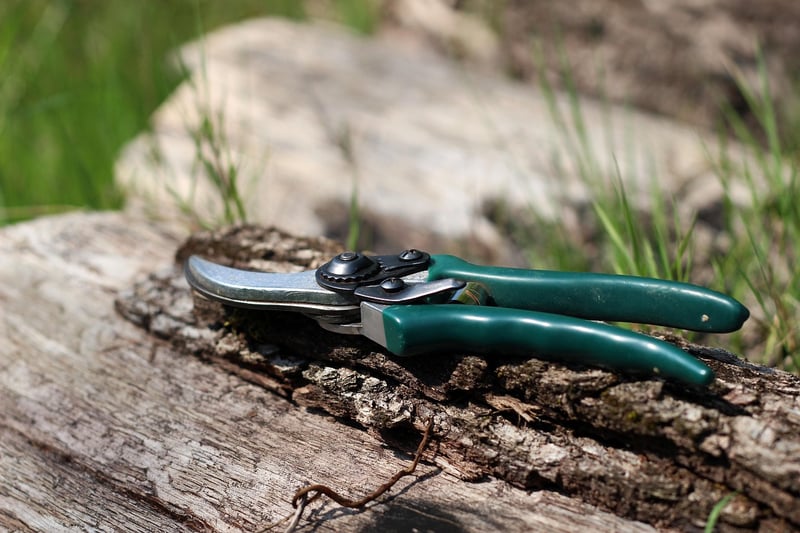Pruning Techniques
Keeping Your Garden Healthy with Proper Pruning Techniques
Having a healthy garden requires more than just watering and fertilizing. One essential practice that often gets overlooked is pruning. Pruning helps maintain the shape and size of your plants, encourages healthy growth, and improves overall plant vigor. In this article, we will explore some key pruning techniques to keep your garden thriving.
Why Pruning is Important
Pruning is not just about cutting off branches; it serves several crucial purposes:
- Encourages new growth
- Improves air circulation
- Controls the size and shape of plants
- Removes diseased or damaged parts
- Promotes flower and fruit production
Key Pruning Techniques
1. Deadheading
Deadheading involves removing faded or dead flowers from plants. This practice not only enhances the appearance of your garden but also encourages the plant to produce more flowers.
2. Thinning
Thinning is the process of selectively removing branches to improve air circulation and reduce overcrowding. This technique helps prevent disease by allowing sunlight and air to reach all parts of the plant.
3. Heading Back
Heading back involves cutting back a portion of a branch to promote new growth. This technique is useful for controlling the size and shape of the plant, making it ideal for shrubs and hedges.
4. Rejuvenation Pruning
Rejuvenation pruning is a more drastic technique where you cut back the entire plant to stimulate new growth. This method is typically used for overgrown or neglected plants to renew their vigor.
Conclusion
Regular pruning is essential for maintaining a healthy and vibrant garden. By incorporating these pruning techniques into your gardening routine, you can ensure that your plants thrive and flourish. Remember to use sharp, clean tools and prune at the right time of year for each plant species to maximize the benefits of pruning.
Happy pruning!

For more information on pruning and gardening tips, visit Royal Horticultural Society.
